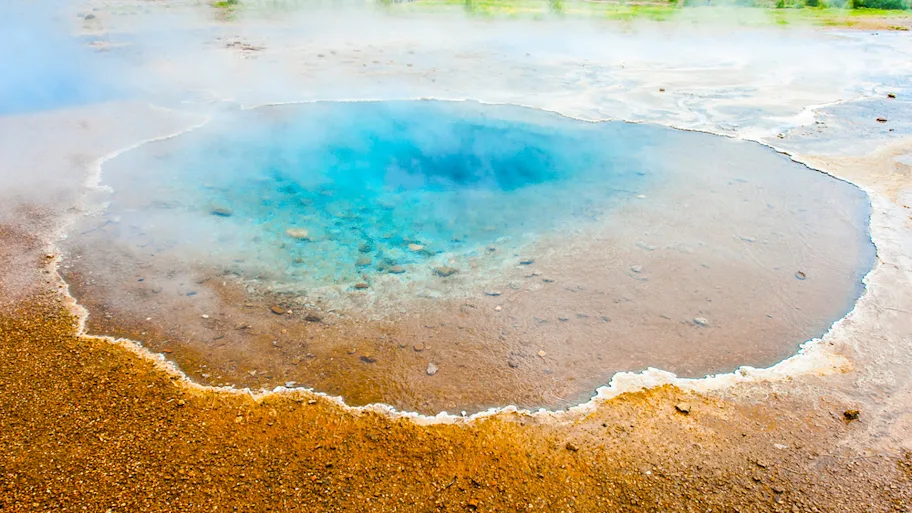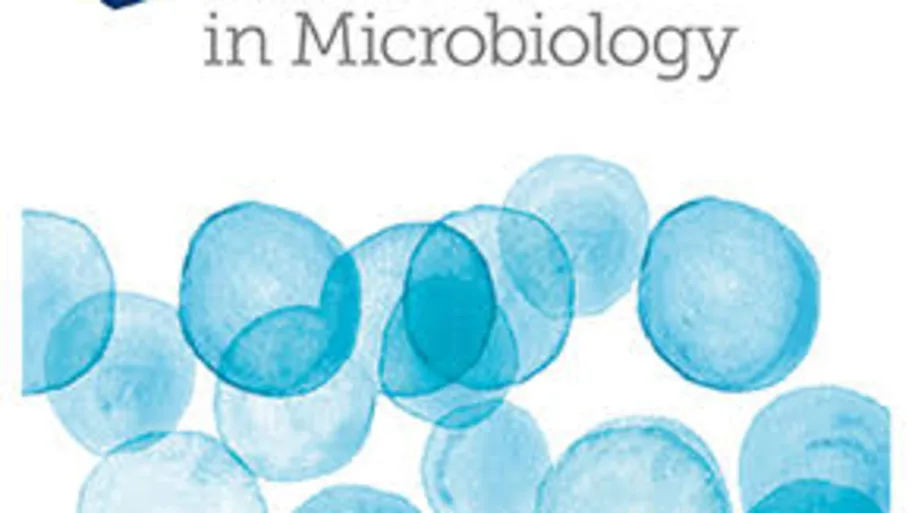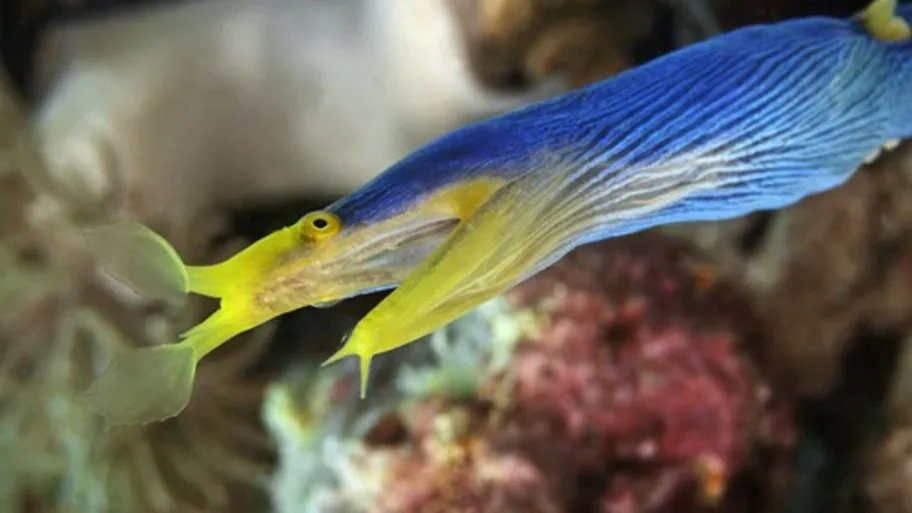
- Science News
- Frontiers news
- New section: Biology of Archaea
New section: Biology of Archaea

A hot springs water pond containing algae and archaea Image: shutterstock
First discovered in extreme environments, such as hot springs and salt lakes, which are inhospitable for most species, archaea are now known to be widespread. They’re single-celled microbes that resemble bacteria in size and shape but share similarities in information processing processes like transcription, translation and replication with eukaryotes.
Despite their relevance and widespread distribution, archaea have been neglected for a long time, as famously mentioned by Gary Olsen and emphasized by Professor Chuanlun Zhang, Specialty Chief Editor of Biology of Archaea: “overlooking the Archaea is equivalent to surveying one square kilometer of the African savanna and missing over 300 elephants.”
With plenty of potential to explore the unique properties of archaea, there’s also much to discover about their essential role within our ecosystems. They’re even found in our digestive system although their role here is yet to be discovered.
“In many respects, research in archaea has lagged behind because it’s simply been overlooked,” says Specialty Chief Editor Sonja-Verena Albers, an expert on molecular biology of archaea and alumni of the pioneering Zillig laboratory that’s been a front-runner in archaeal biology.
Leading experts in Archaea Research
“I have been fascinated by Archaea since my work for my diploma thesis research in the laboratory of Wolfram Zillig, one of the founders of Archaeal Biology research. From this time point on I was fascinated by Archaea, as so much about their molecular biology is still unknown and often different than in bacteria and eukaryotes,” says Professor Albers.
“I’ve been performing research on archaeal biogeochemistry for about two decades. I’m driven by a curiosity for these microorganisms that have profound implications for the evolution of Earth’s ecosystems and yet they are so poorly known,” emphasizes Professor Zhang. Although archaea may not constitute the largest population of microorganisms on earth, their role in maintaining ecosystems is immense, explains Professor Zhang.
“When submitting a manuscript to a journal authors often encounter the problem of lack of editors with expertise in Archaea,” says Chief Editor Albers. “We aim to create a platform where the whole pipeline from Editor to reviewer is archaea-centric.”
Biology of Archaea welcomes high-quality submissions on archaeal biology.
New research opportunities on archaea
Professor Albers explains that new challenges in the field are to move archaea research into cell biology and understand more about how they’re organized, their cell envelopes as well as how they grow and divide. Professor Zhang says there is significant development in the fields of evolution, metabolism and function of archaea which stand at the intersection between life sciences and earth sciences. In many ways this is just the beginning of focused research into archaea.
Archaeal enzymes are now commonly used in research and biotechnology as they can function at high temperatures. Archaea have been shown to have distinct carbon and nitrogen metabolisms. This indicated they may be essential to our planet’s biogeochemical cycles.
These are exciting times for archaeal research: there is significant development in the evolution, metabolism and function of archaea in expanding research disciplines in both earth and life sciences, which needs to be reported in a timely fashion. The Frontiers’ open platform is the ideal venue for accelerating scientific communication and promoting collaborations within the Archaea community.
Follow Frontiers in Microbiology on Twitter
Frontiers journals also consistently rank among the world’s most-cited in their fields and in the top Impact Factor and CiteScore percentiles. Discover more






